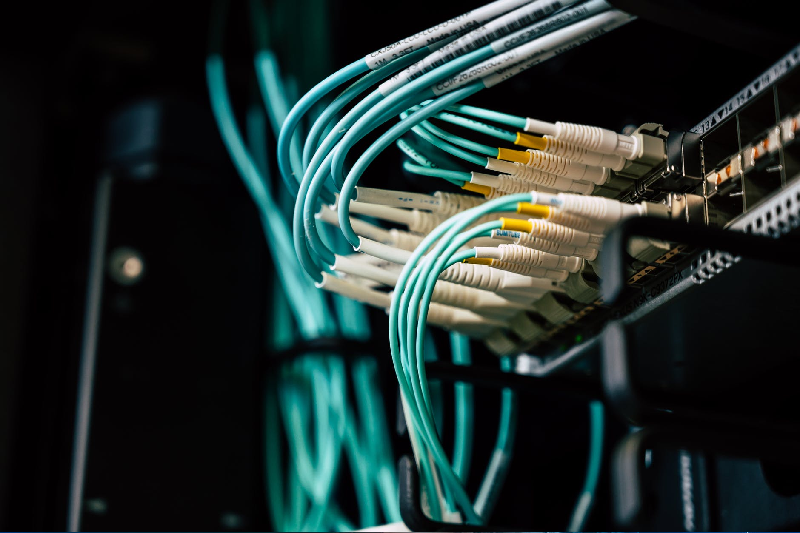As networks evolve, we are discovering that there are four basic characteristics that the underlying architectures need to address in order to meet user expectations:
- Fault Tolerance
- Scalability
- Quality of Service (QoS)
- Security
Fault Tolerance
A fault tolerant network is one that limits the impact of a failure, so that the fewest number of devices are affected. It is also built in a way that allows quick recovery when such a failure occurs. These networks depend on multiple paths between the source and destination of a message. If one path fails, the messages can be instantly sent over a different link. Having multiple paths to a destination is known as redundancy.

Scalability
A scalable network can expand quickly to support new users and applications without impacting the performance of the service being delivered to existing users.
 Quality of Service (QoS)
Quality of Service (QoS)
When the volume of traffic is greater than what can be transported across the network, devices queue, or hold, the packets in memory until resources become available to transmit them. In the figure, one user is requesting a web page and another is on a phone call. With a QoS policy in place, the router can manage the flow of data and voice traffic, giving priority to voice communications if the network experiences congestion.

Security
Securing a network infrastructure includes the physical securing of devices that provide network connectivity, and preventing unauthorized access to the management software that resides on them.







